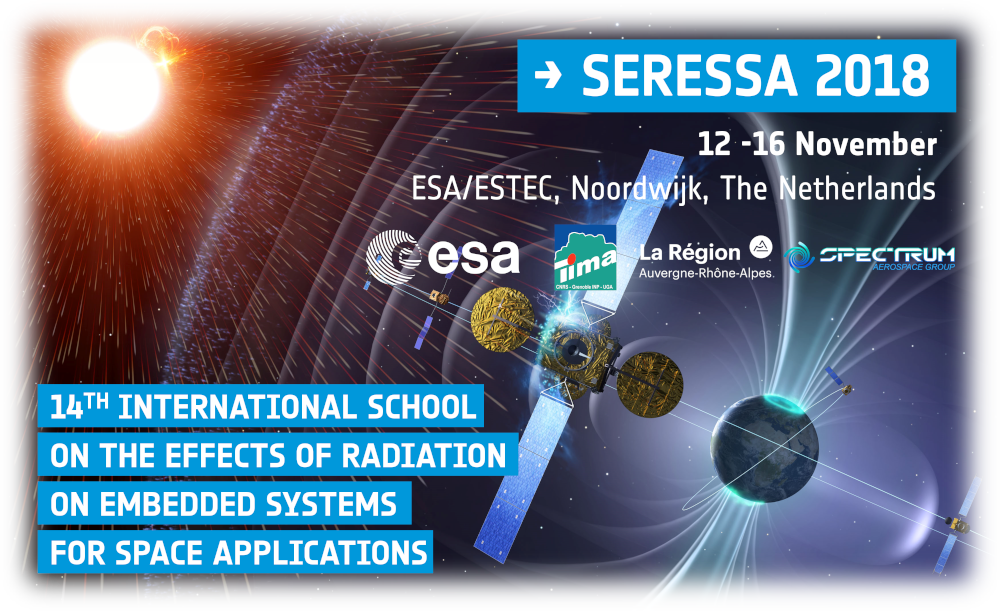Speaker
Mr
David Lucsanyi
(ESA/ESTEC)
Description
Pyxel [1] is a novel, end-to-end Python framework designed to host and pipeline analytical, numerical and statistical models simulating detector effects such as cosmic rays, noise sources, Charge Transfer Inefficiency, persistence, dark current and other radiation effects on images produced by CCD or CMOS-based imaging detectors. It is currently under development at the European Space Agency with the goal of releasing it as an open-source software for the detector scientist and astronomer community.
http://sci.esa.int/pyxel
[1] D. Lucsanyi et al., "Pyxel: a novel and multi-purpose Python-based framework for imaging detector simulation", Proc. SPIE 10709, High Energy, Optical, and Infrared Detectors for Astronomy VIII, 107091A (16 July 2018)
Primary author
Mr
David Lucsanyi
(ESA/ESTEC)

